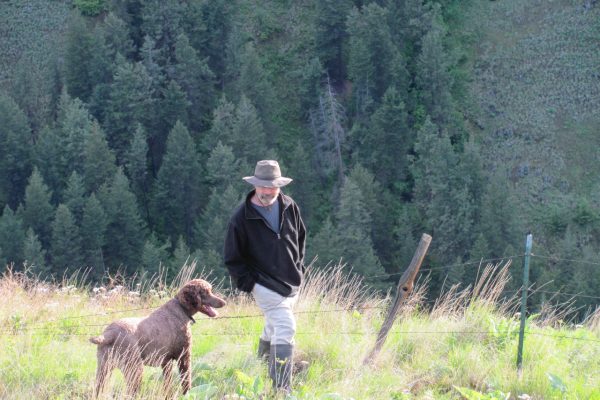
We’re Liz and Jerry, a couple dedicated to diversified, small-scale farming. When we met in 2000, we were both busy with full-time jobs in Portland. But we longed for rural life where we could spend more time outdoors, grow our own food and experiment with self-sufficiency in housing, water and power. In 2007, we began establishing what would become Amaranta Farm.


